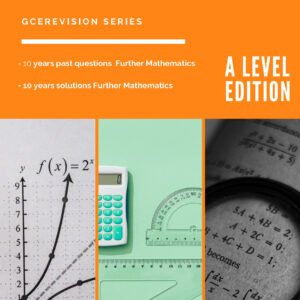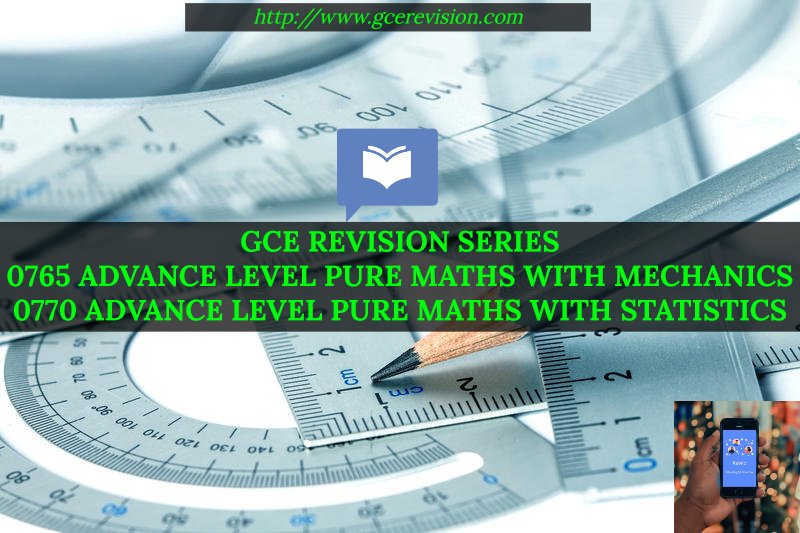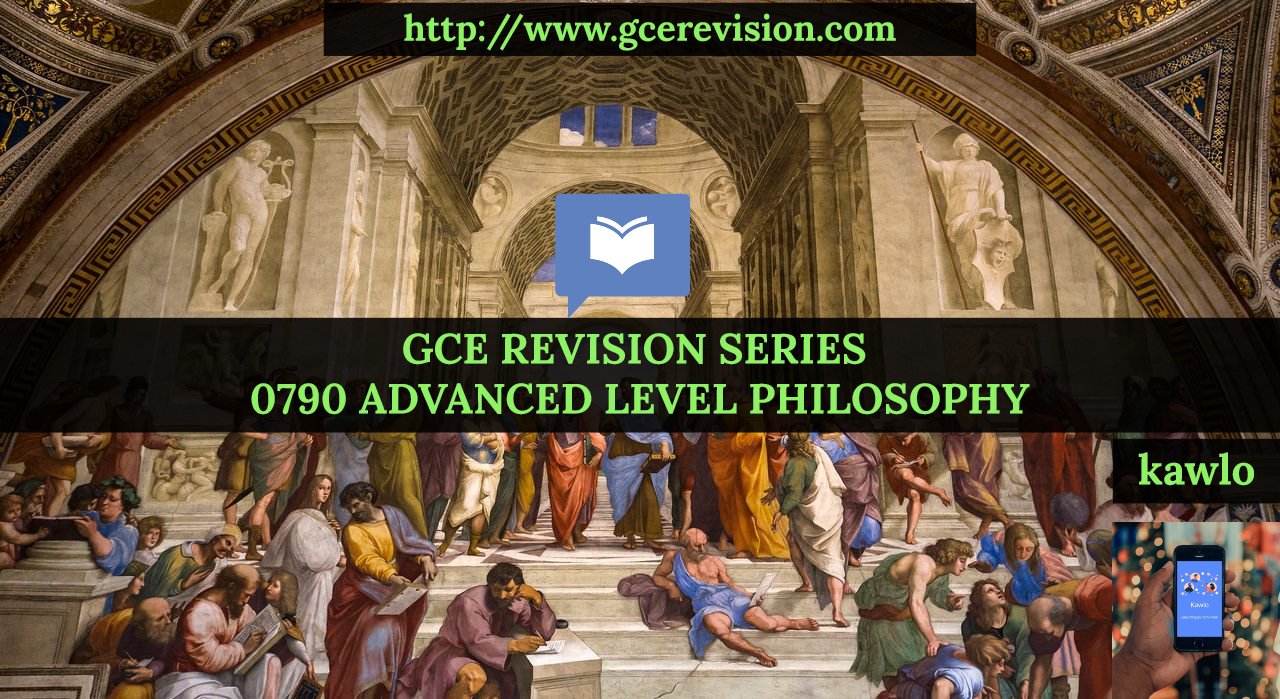Cameroon GCE A/L June 2013 Literature in English 1
Cameroon GCE A/L June 2013 Literature in English 1
1. The difference between comedy and tragedy is mainly in:
A Setting.
B Mood.
C Character
D Structure.
2 War dances in traditional societies or any form of dramatic activity in which silent motions, gestures, facial
expressions and costumes are relied upon to express emotional stages is called:
A Light opera.
B Mock play.
C Pantomime.
D Pastoral drama.
3. In the appreciation of poetry or prose, when our focus is on word order and not choice of words, then we
are concerned with:
A Diction.
B Syntax.
C Collocations.
D Structure.
4. Purposeful changes in the use of words, phrases or sentences in order to secure strength of feeling
or thought is known as;
A Figure of speech.
B Exaggeration.
C Understatement.
D Direct speech.
5. The phrase “pay through the nose” in the sentence “we had to pay through the nose for these tickets” is:
A A cliche.
B A metaphor.
C A proverb.
D An idiom.
6. When two words rhyme within the same line, such rhyme is called:
A End rhyme.
B Feminine rhyme.
C Masculine rhyme.
D Internal rhyme.
7. What do you consider to be the communicative function of the following extract?
“Although the Museum of Fine Arts is a public Museum, it is sustained not by government but by individual
support. Membership subscriptions, gifts and admission charges sustain this outstanding cultural resource”
A Giving information.
B Persuasion.
C Request.
D Warning.
8. Choose from the alternatives A to D, the subject of the underlined verb in this sentence:
“Mostly because of inflation, but also because taxes have been creeping upward, the actual buying power that
people have been getting from the money in their paychecks has declined by nearly 20% over the past twelve
months”.
A Taxes.
B Buying power.
C Paychecks.
D Money.
9. Which of the following is NOT TRUE of the plot of a novel or play?
A It is the framework of the story.
B It is the ordered arrangement of incidents according to the author’s plan.
C It is the arrangement of events in a chronological sequence as in real life.
D It involves controlled or purposeful patterning of events in the story.
10. One of these is NOT a degree qualifying adjective:
A Superlative.
B Positive.
C Negative.
D Comparative.
11. In Antony and Cleopatra, Caesar’s plan of dominating the world consists of the following steps:
i. control of Pompey
ii. eliminating Lepidus
iii. marriage of Octavia to Antony
iv. conquering Antony
A i, iii and iv only.
B i, ii, and iv only.
C ii, iii and iv only.
D i, ii and iii only.
12. Which of these statements CANNOT be attributed to Cleopatra?
A “Melt Egypt in Nile, and kindly creatures/ Turn all to serpents!”
B “Age cannot wither her, nor custom stale/ Her infinite variety”
C “Let Rome in Tiber melt, and the wide arch/ of the ranged empire fall!”
D “O, see, my women,/ The crown O’the’earth doth melt.”
13. In the statement “The barge she sat in, like a burnished throne/Burned on the water.” Shakespeare makes use of
ONE of the following:
A Visual imagery.
B Auditory imagery.
C Tactile imagery.
D Nasal imagery.
14. Which of the following statements suggests a link between the plots of Antony and Cleopatra and Julius
Caesar?
A Octavius Caesar’s determination to avenge the death of his kinsman-Julius Caesar.
B Mark Antony’s determination to avenge his friend, Julius Caesar, against the conspirators, including
Pompey.
C The Triumvirates’ determination to consolidate their rule over the Roman empire against all odds.
D The Triumvirates’ clash of interests over growing ambitions.
3
8. Choose from the alternatives A to D, the subject of the underlined verb in this sentence:
“Mostly because of inflation, but also because taxes have been creeping upward, the actual buying power
that people have been getting from the money in their paychecks has declined by nearly 20% over the past
twelve months”.
A Taxes.
B Buying power.
C Paychecks.
D Money.
9. Which of the following is NOT TRUE of the plot of a novel or play?
A It is the framework of the story.
B It is the ordered arrangement of incidents according to the author’s plan.
C It is the arrangement of events in a chronological sequence as in real life.
D It involves controlled or purposeful patterning of events in the story.
10. One of these is NOT a degree qualifying adjective:
A Superlative.
B Positive.
C Negative.
D Comparative.
In Antony and Cleopatra, Caesar’s plan of dominating the world consists of the following steps:
i. control of Pompey
ii. eliminating Lepidus
iii. marriage of Octavia to Antony
iv. conquering Antony
A i, iii and iv only.
B i, ii, and iv only.
C ii, iii and iv only.
D i, ii and iii only.
12. Which of these statements CANNOT be attributed to Cleopatra?
A “Melt Egypt in Nile, and kindly creatures/ Turn all to serpents!”
B “Age cannot wither her, nor custom stale/ Her infinite variety”
C “Let Rome in Tiber melt, and the wide arch/ of the ranged empire fall!”
D “O, see, my women,/ The crown O’the’earth doth melt.”
13. In the statement “The barge she sat in, like a burnished throne/Burned on the water.” Shakespeare makes use of
ONE of the following:
A Visual imagery.
B Auditory imagery.
C Tactile imagery.
D Nasal imagery.
14.
Which of the following statements suggests a link between the plots of Antony and Cleopatra and Julius
Caesar?
A Octavius Caesar’s determination to avenge the death of his kinsman-Julius Caesar.
B Mark Antony’s determination to avenge his friend, Julius Caesar, against the conspirators, including Pompey.
C The Triumvirates’ determination to consolidate their rule over the Roman empire against all odds.
D The Triumvirates’ clash of interests over growing ambitions.
According to your personal judgment after reading A Man for All Season, why was More executed?
A He refused to compromise with the king.
B He was guilty of high treason.
C He paid more allegiance to the Pope than his king.
D He refused to satisfy the king’s request.
16 “Be ruled if you won’t rule, be ruled.”
What meaning can be deduced from the above statement?
A If you cannot be a king, allow him to be king.
B If you cannot sentence him, accept, his sentence.
C If you cannot convince him, accept his will.
D If you cannot subdue him, let him have his way.
17. The “Great Harry” in the play refers to:
A An ancient Greek philosopher.
B The king’s new ship.
C King Henry VIII’s pet name.
D An Italian sculptor.
18. Rich in the play A Man for All Seasons symbolizes:
A The baseness and immorality of the common human being.
B The tendency to succumb to the temptation of wealth and status.
C Bribery and corruption in high office.
D Treachery and betrayal.
In The Importance of Being Earnest, the “tragic domestic affliction” which Dr Chasuble wishes to make some
slight allusion to in his Sunday sermon is:
A The death of Worthing’s brother.
B The death of Bunbury,
C The illheath of Mr. Worthing’s brother.
D The tragic loss of Jack’s parents.
20. Read the following dialogue between Gwendolen and Cecily:
Cecily: “When I see a spade, I call it a spade”.
Gwendolen: “I am glad to say that I have never seen a spade.”
What Gwendolen means by her rather cheeky response is that:
A There is a class difference between them.
B Cecily is a pleasant farmer.
C She, Gwendolen has never grown up in the countryside.
D Cecily is uneducated.
21. Wilde’s technique in The Important of Being Earnest whereby he treats all trivial things very seriously and
all serious things of life with sincere and studied triviality is that of:
A An ironical inversion of normal convention of everyday life.
B A paradoxical inversion of normal convention of everyday life. .
C The use of ambiguity as a stylistic device.
D The use of inversion as a dramatic technique.
22. The issue of names in The Importance of Being Earnest is important in:
i) plot
ii) action
iii) setting
iv) characterization
A i, ii and iv.
B i, iii and iv.
C i, ii and iv.
D i, ii, iii and iv.
23. The Trials of Brother Jero is made up of:
A Two acts and four scenes.
B One act and five scenes.
C One act and seven scenes.
D Two acts and six scenes.
24. When Jero tells the audience that “Only Brother Chume reverts to that animal jabber when he gets his
spiritual excitement” before, joining the latter in his “meditative attitude”, a possible stage direction to be inserted
before Jero’s speech could be”:
A (in a low voice).
B (in a soliloquy).
C (in an aside).
D (addressing the audience).
25. In joining Jero’s church, Chume hopes to:
A Find a solution to his matrimonial problems.
B Get Brother Jero to cause, through prayers, his promotion.
C Become Jero’s spiritual, assistant.
D Rid himself of frustration.
26. [He picks up a pebble and throws it at the member. At the same time a ring of red or some equally startling colour
plays on his head, forming a sort of halo. The member wakes with a start, stares open-mouthed, and falls flat on his
face whispering in rapt awe
The above stage direction is most indicative of:
A Dramatic action.
B Humour.
C Suspense.
D Lighting effect.
27 “Fish”, he said, “I love you and respect you very much. But i will kill you dead before this day ends”. The two figures of speech
used in this excerpt from The Old Man and the Sea are:
A Apostrophe and irony.
B Apostrophe and personification.
C Personification and Oxymoron.
D Apostrophe and paradox.
28. Manolin in The Old Man and the Sea is:
A A companion to Santiago.
B A source of hope and inspiration to Santiago.
C An apprentice to the old fisherman.
D Alter ego to Santiago.
The marlin in The Old Man and the Sea symbolizes the apex of man’s ambition and achievement, but also
reminds us of:
A Santiago’s patience and courage.
B His stoicism.
C The futility of man’s efforts.
D Santiago’s obstinacy.
30 “Calambre” in the story means:
A Calamity.
B Muscular cramp.
C Cavity.
D Hand game.
31 Bessie Head was bom in:
A 1937.
B 1910.
C 1927.
D 1923.
32. The only savagely cruel side of Motabeng is:
A Elisabeth’s nightmares
B Medusa’s thunder bolts
C The dark Tswana nights
D Witchcraft.
33. Which of these statements DOES NOT describe A Question of Power?
A. It is an account of Elisabeth’s madness and fantasies.
B Elisabeth’s madness is a metaphor of the loveless world of South Africa.
C It is a fable on racial segregation.
D It is an allegorical battle between the powers of good and evil.
34 Which statement appropriately describes Medusa in A Question of Power.
A “Medusa is tribal and confined”.
B Medusa is that African spirit which must be wiped out since it is as reprehensible as apartheid”.
C “Medusa is sexually unapproachable to men”,
D “Medusa is Elisabeth’s insanity”.
35. Which of these statements DOES NOT address the psychological problem in No Way to Die ?
A Dennis breaks 200 test tubes and beakers in. a month.
B Dennis tears his parfait into two.
C Dennis paints portraits when Dr, Max Essemo goes to Geneva.
D Dennis tears Dr. Max’s first letter into pieces.
36. “You have seen it yourself, Doctor” he began, his eves clouding. “My life has no bright side”, he said, his face
cast in a mould of resolute despair.
The underlined phrases indicate:
A The narrative point of view of the author.
B The personal authorial intrusion.
C The stream of consciousness technique.
D The mood of the author.
Big Mammy tells Dennis, “I am eating what has fallen from your bag.” This utterance is a good example of:
A Analogy.
B Paradox.
C Proverb.
D Epigram.
38 During the sheep and goat test there were:
A Ten sheep.
B Twelve sheep.
C Thirteen sheep.
D Seventeen sheep.
39. Zephirus in The General Prologue refers to:
A The zodiac sign.
B The shipman’s vessel.
C The sun.
D The warm west wind.
40. The biblical judge whom drunkenness disgraced
was:
A Samuel.
B Lemuel.
C Attila.
D Stilbon.
41. A medieval science employed by the Doctor of Physic in treating his patients
is:
A Astrological science.
B Astronomical science.
C Astro-medical science.
D Physiological science.
42. Which pilgrims does Chaucer use colour to individualize?
A The Guildsmen, The cook, The Pardoner, The summoner.
B The Knight, Chaucer, The Monk, The Franklin.
C The Clerk, The Physician, The Reeve, The shipman.
D The Squire, The Yeoman, The Prioress, The Merchant.
43. Blake says, “I am under the direction of messengers from heaven, daily and nightly”. This statement more
appropriately qualifies him as a :
A Visionary poet.
B Nature poet.
C Revolutionary poet.
D Religious poet.
44 All but ONE of the following is “without contraries”:
A “Introduction”.
B “Earth’s Answer”.
C “Holy Thursday”.
D “The Chimney sweeper”.8
46.
The biblical allusion “Then what have 1 to do with thee? in “Song: How sweet roam from field to field
echoes the words of Christ:
A To his father and mother in the temple.
B After the resurrection.
C To the Samaritan woman.
D At the marriage in Cana.
The emphasis on the children’s clean faces in “ Holy Thursday” (Innocence) suggests all BUT ONE of the
following:
A Their usual state is filthy.
B Their guardians are caring and loving .
C They have been tidied up for this particular public occasion.
D The hypocrisy in the public display of love and charity that conceals cruelty.
Sort out the wrong grouping of poems under their thematic concerns: A
“Without You” “After the Photograph” “The Mesh”.
B “The Birth of Chaka”. “Benin Woman “, “The Prodigals”.
C “The Harvest of our Life”, Ancestral Faces” , “Olokun”.
D “Home Coming Son”, “The Right Road”, “Sell Out”.
48. “Reticent, humorous, seemingly detached yet highly sensitive and deeply probing.” This description best suits the style
of:
A Oswald Mbuyiseini Mtshali.
B Odia Ofeimum.
C Kwesi Brew:
D Agostinho Neto.
49. The words “kwashiorkor,” “grave,” “ravage”, “ wreck”, “funeral piles” and “fearful” in J.P Clark’s “Casualties”
connote:
A War.
B Burial.
C Casualty.
D Disaster.
50. God is portrayed as an artist and Africa as his masterpiece in the poem:
A “Home -coming Son”.
B “The Prodigals”.
C “Listen Comrades”.
D ‘Olokun”.











